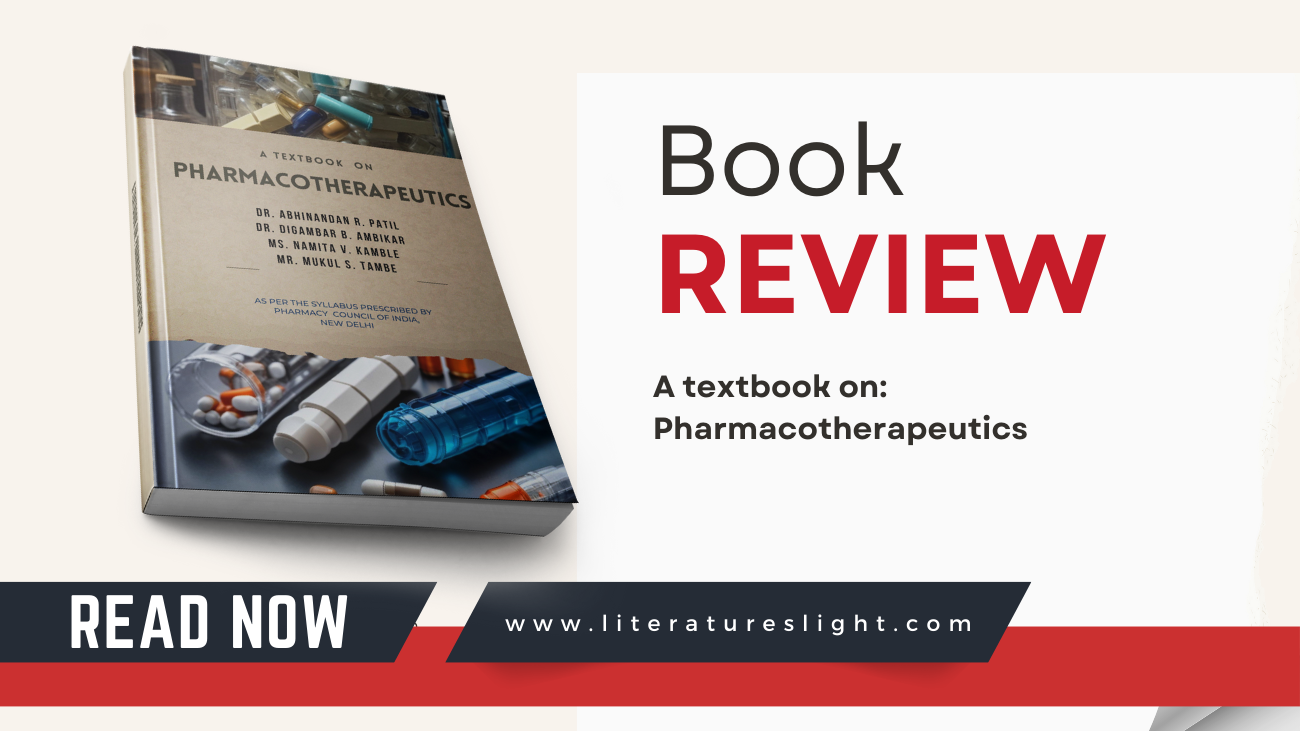Bridging Pharmacology and Clinical Practice
“A Textbook on Pharmacotherapeutics” is a pivotal resource that effectively bridges the gap between pharmacology and clinical practice. As per the syllabus prescribed by the Pharmacy Council of India, New Delhi, it provides a comprehensive guide on the therapeutic uses and effects of drugs, focusing on optimizing patient care.
Historical Context of Drug Therapy
The book opens with an insightful historical context, tracing the evolution of drug therapy from ancient remedies to modern pharmaceuticals and regulatory practices. This section sets the stage for understanding the development and current state of pharmacotherapeutics.
Detailed Drug Receptor Interactions
One of the standout features of this textbook is its thorough exploration of drug receptor interactions. By delving into the mechanisms by which drugs interact with cellular receptors, it lays a foundation essential for predicting both drug efficacy and potential adverse effects.
Addressing Polypharmacy
The issue of polypharmacy is becoming increasingly common, especially among elderly patients. This section addresses the challenges and risks associated with the concurrent use of multiple medications, including drug interactions and adherence issues, while offering strategies for effective medication management.
Comprehensive Coverage of Diseases
The textbook offers in-depth coverage of various diseases and their pharmacotherapeutic strategies, including:
• Hypertension: Pathophysiology, diagnostic criteria, and management strategies.
• Coronary Artery Disease: Review of drug classes such as antiplatelet agents, beta-blockers, ACE inhibitors, and statins.
• Arrhythmias: Pharmacotherapeutic approaches and antiarrhythmic drugs.
• Respiratory and Gastrointestinal Disorders: Medications for conditions like asthma, COPD, peptic ulcer disease, and irritable bowel syndrome.
• Endocrine and Neurological Disorders: Management of diabetes, thyroid diseases, epilepsy, Parkinson’s disease, and multiple sclerosis.
• Infectious Diseases: Use of antibiotics, antivirals, antifungals, and antiparasitic agents.
• Oncological Disorders: Classes of anticancer drugs including chemotherapeutics and targeted therapies.
• Autoimmune and Rheumatologic Disorders: Use of DMARDs, biologics, and corticosteroids.
• Renal Disorders: Pharmacotherapy of chronic kidney disease and acute kidney injury with a focus on dose adjustments.
Exploring Alternative Therapies
In addition to conventional treatments, the book evaluates the efficacy and safety of alternative and complementary therapies such as herbal remedies, acupuncture, and nutritional supplements.
Future Directions in Pharmacotherapy
The textbook concludes with a look at future directions in pharmacotherapy, highlighting advances in drug development, precision medicine, and biotechnology. Emerging trends such as gene therapy, personalized medicine, and AI integration in drug discovery and patient care are thoroughly explored.
Conclusion
“A Textbook on Pharmacotherapeutics” is an invaluable resource for students, clinicians, and healthcare professionals. Its comprehensive coverage, from foundational principles to future innovations, makes it an essential addition to any medical library. Whether you are new to the field or a seasoned practitioner, this textbook provides the knowledge and tools necessary to enhance patient care through effective pharmacotherapy.
Also Read: Pharmaceutics: Design of Dosage Forms






